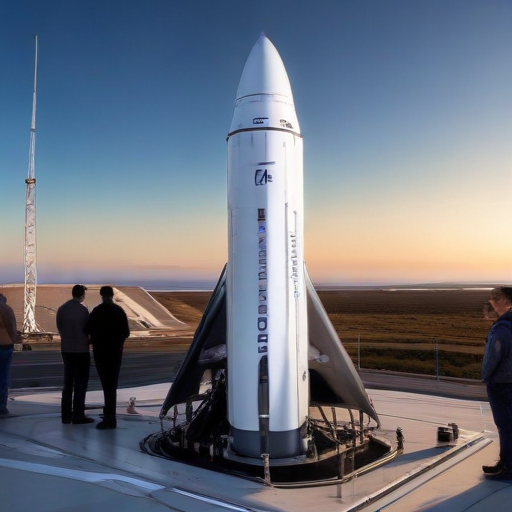SpaceX is gearing up for an ambitious mission to launch its towering Starship rocket, set to take place from its fourth active launchpad at Boca Chica Beach, Texas. This mission, known as Flight 6, is not only significant as the fourth launch of the nearly 400-foot-tall vehicle within 2024, but it also marks the sixth test flight of the fully integrated rocket in its program’s history.
Scheduled for liftoff at 4 p.m. CST (5 p.m. EST, 2200 UTC), SpaceX will attempt once more to catch its Super Heavy booster using the impressive ‘Mechazilla’ tower. The launch team will meticulously analyze data related to both the rocket and the tower before deciding whether conditions are suitable for the catch. The mission’s flight director holds the key to this decision, with safety as the utmost priority. If conditions are deemed unfavorable during the critical boostback burn, the booster will resort to a splashdown in the Gulf of Mexico, ensuring public safety remains paramount.
Past experiences highlight the challenges SpaceX faces in perfecting this innovative recovery process. Insights shared by Elon Musk revealed that the previous catch was nearly a failure, with only a second to spare during the landing burn. This openness about challenges fosters a culture of transparency within the company, emphasizing their commitment to improve and innovate with every mission.
In a positive development for future space exploration, NASA astronaut Randy Bresnik expressed optimism regarding SpaceX’s attempts to catch and refurbish the Super Heavy boosters. This ability is essential for the Artemis program’s Human Landing System component, where the Starship is intended to serve as the lander for critical future lunar missions. The potential to catch not just the boosters but also the Starship tankers could revolutionize how fuel is managed in space, promising greater sustainability and efficiency for lunar reaches and beyond.
The upper stage of Ship S31 aims to travel around the globe at nearly orbital speeds, marking an essential trial for its capabilities. During this segment of the mission, SpaceX will attempt to relight one of the three Raptor vacuum engines, a critical test for ensuring Starship can perform deorbit burns after future missions. The lessons gleaned from this mission will help minimize space debris, a growing concern in today’s space exploration initiatives.
As the countdown progresses, many will be tuned in to witness this daring endeavor that holds the potential to enhance our capabilities in space travel. This mission reflects not only SpaceX’s dedication to pushing boundaries but also highlights a collaborative spirit in space exploration among private entities and governmental agencies. Together, they are paving the way for innovative technologies that could significantly impact future manned missions and the sustainability of space projects.
